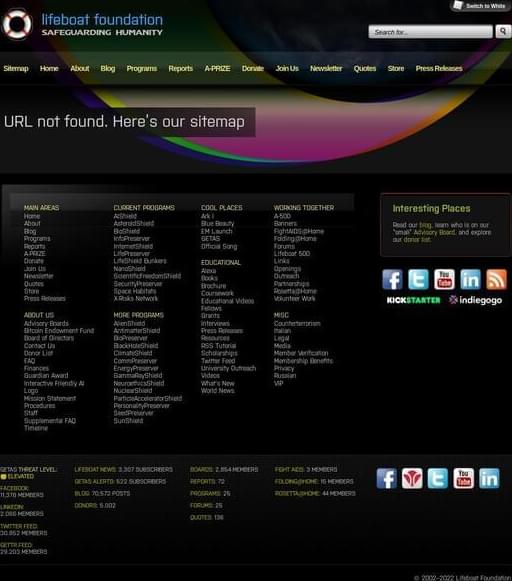Up to 50% of the energy absorbed by a solar cell is lost as heat. Scientists are now developing a third generation of “hot carrier” solar cells that take advantage of this heat, potentially breaking the Shockley-Queisser limit of silicon-based PV.


The FAA has granted Iris Automation a second waiver for Beyond Visual Line of Sight (BVLOS) autonomous drone operations on behalf of the City of Reno. But while the previous waiver required the use of Iris Automation’s advanced detect and avoid solution Casia X, this one utilizes the company’s Casia G ground-based solution (pictured above).
The fresh waiver allows an operator to fly without the need for visual observers or the Remote Pilot in Command to maintain visual contact with the drone. Casia G uses Iris Automation’s patented detect and avoid technology to create a stationary perimeter of sanitized, monitored airspace, enabling drones to complete missions safely. The system also provides awareness of intruder-piloted aircraft to maneuver drones to safe zones.



Summary: 15 newly discovered “hotspots” in the genome that either speed up or slow down brain aging could be new targets for the development of Alzheimer’s medications and therapies for other brain disorders.
Source: USC
Researchers from a USC-led consortium have discovered 15 “hotspots” in the genome that either speed up brain aging or slow it down—a finding that could provide new drug targets to resist Alzheimer’s disease and other degenerative brain disorders, as well as developmental delays.


Artificial intelligence is a target for every existing industry Or is it just another hyped innovation? It comes with no surprise how AI today becomes a catchall term that is said out loud in the job market. The US and China are in nip and tuck in the AI race for supremacy. Although China aims to be the technology leader by 2030, the economy is still at a struggle phase with a slowdown and trade war with the US. Emerging trends in artificial intelligence (AI) significantly points toward having a geopolitical disruption in the foreseeable future. As much as the fourth industrial revolution augmented the rise of advanced economies, so will machine learning and artificial intelligence transform the world.


In machine learning, understanding why a model makes certain decisions is often just as important as whether those decisions are correct. For instance, a machine-learning model might correctly predict that a skin lesion is cancerous, but it could have done so using an unrelated blip on a clinical photo.
While tools exist to help experts make sense of a model’s reasoning, often these methods only provide insights on one decision at a time, and each must be manually evaluated. Models are commonly trained using millions of data inputs, making it almost impossible for a human to evaluate enough decisions to identify patterns.
Now, researchers at MIT and IBM Research have created a method that enables a user to aggregate, sort, and rank these individual explanations to rapidly analyze a machine-learning model’s behavior. Their technique, called Shared Interest, incorporates quantifiable metrics that compare how well a model’s reasoning matches that of a human.
